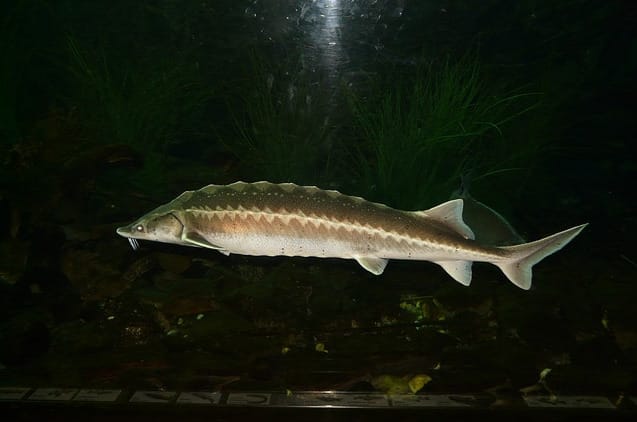
Introduction
Morocco, with its rich culture, beautiful architecture, and ancient history, is considered one of the world’s most desirable travel destinations. Beyond its arid and mountainous landscape, Morocco holds a special allure for geology enthusiasts. Fossil tourism in Morocco has been gaining popularity, and this article will delve into why it has become such a sought-after experience.
Location and Languages
Morocco is situated in North Africa’s Maghreb region, adjacent to the Mediterranean Sea. It shares borders with Algeria and the Western Sahara. The official languages of Morocco are Arabic and Berber, while French is also widely spoken due to the country’s historical ties with France.
Paleolithic Era and Fossils
Inhabited since the Palaeolithic Era, which dates back over 90,000 years, Morocco is known for its rich fossil deposits. Some researchers even suggest that humans inhabited Morocco even earlier. Fossils of Homo sapiens discovered in the Jebel Irhoud area, dating back 315,000 years, provide evidence for early human presence. During the Upper Paleolithic era, the Maghreb region was more fertile than it is today, making it an ideal habitat for humans. While encountering Homo sapiens fossils in Morocco is unlikely, the country offers the possibility of finding trilobite fossils, as elaborated later in this article. Alternatively, these fossils can be obtained directly from Morocco through online sources when travel is not feasible.
The Sahara Ocean
The Sahara Desert, starting in Morocco, is the largest desert in the world. In ancient times, a vast ocean covered a significant portion of what is now the Sahara Desert, reaching depths of up to 50 meters and spanning around 3,000 square kilometers. This ocean was home to a diverse range of marine life, including extinct species such as sea snakes, catfish, sharks, orthoceras, trilobites, and ammonites. Orthoceras were ancient mollusks with squid-like bodies encased in thick cone shells. Trilobites were invertebrates with armoured shells, scavenging and digging for food on the ocean floor. Ammonites, similar to orthoceras, were mollusks with coiled external shells, often likened to modern nautiluses. Crocodyliformes, amiidae, and serpents were among the other sea animals that thrived in the Sahara Ocean. The sea snakes reached lengths of over 40 feet, and catfish grew to incredible sizes, exceeding five feet, a remarkable contrast to their contemporary counterparts.
Dinosaur Fossils
Morocco is also renowned for its dinosaur fossils, which are more prevalent compared to other countries. While fully intact fossils are rare, fragmented fossils, teeth, and bone fragments can still be found. Teeth are particularly abundant due to the fact that dinosaurs, like crocodiles, continually lost and regrew their teeth throughout their lives. Joining a fossil dig on a guided tour may provide the opportunity to witness the extraction of a dinosaur’s tooth from the ground.
Fossil Mining
Mining for fossils in Morocco is a painstaking process, especially considering that intact fossils are highly sought after for artistic or scientific purposes. Miners, often Berber tribesmen, meticulously excavate fossils using picks, chisels, and shovels without causing any damage. Once extracted, the fossils are cleaned by locals and sold, usually at markets or souks directly to tourists. Trilobites are the most common fossils found in Morocco, along with the frequent discovery of orthoceras, often in large quantities. Black limestone, where orthoceras are typically found, is sometimes transformed into furniture that commands high prices among collectors. This furniture can be purchased online or acquired in Morocco for international export.
Fossil Tourism
Due to Morocco’s vast fossil and mineral deposits, fossil tourism has been on the rise. Many tour agencies offer excursions to Berber mines, where visitors can purchase fossils fresh from the ground, albeit at a higher cost. However, it is often more convenient and cost-effective to acquire fossils online, as dealing with middlemen is generally easier than negotiating with miners who may inflate prices for tourists. Despite this, fossil tours remain popular as they provide firsthand experiences of mining activities.
Visiting Morocco
Currently, visiting Morocco poses challenges due to the ongoing COVID-19 pandemic. Travel restrictions have been implemented, including suspensions of travel to and from certain countries such as the United Kingdom and Germany. To enter Morocco, full vaccination is required. However, as the pandemic gradually recedes and the virus becomes less virulent, tourism is expected to resume in Morocco. Apart from fossils, the country offers a wealth of attractions, including architecture, textiles, and delicious cuisine, which should be taken into consideration when planning a trip.
Conclusion
With an abundance of fossils, surpassing those found in many other countries, Morocco presents a haven for fossil enthusiasts. The Sahara Desert’s history as an ancient ocean, coupled with its unique geological formations, contributes to the country’s fossil richness. While visiting Morocco in person may be challenging at present, obtaining Moroccan fossils online remains a viable option, facilitating exploration and appreciation of its remarkable natural treasures.



